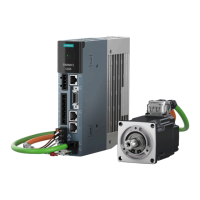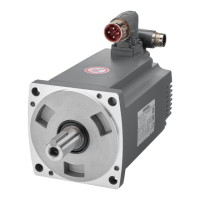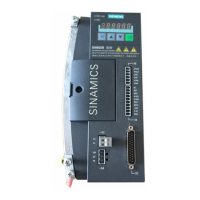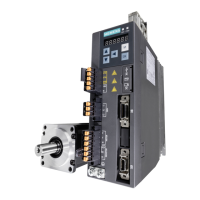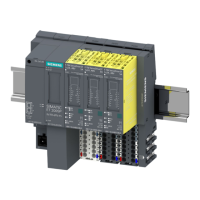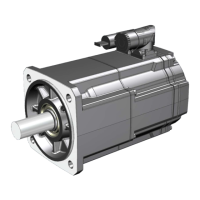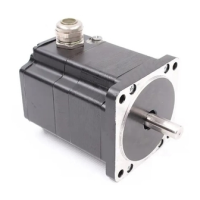3.4 Configuring the external braking resistor
The converter has a Braking Module that converts regenerative energy of the servo motors
into heat via an integrated braking resistor. Regenerative energy is produced, for example,
when braking the connected mechanical system.
The continuous braking power and the braking energy that the integrated braking resistor can
convert into heat are listed in the following table:
Table 3-2 Braking energy and continuous braking power with the integrated braking resistor in
relation to the shaft of the servo motor
Converter Braking energy
[J]
Continuous braking
power
[W]
Article number Power [W]
6SL3210-5HB10-1UF0 100 20 5
6SL3210-5HB10-2UF0 200 570 10
6SL3210-5HB10-4UF0 400 840 20
6SL3210-5HB10-8UF0 750 1680 40
When do you require an external braking resistor?
Applications with frequent and very fast braking processes are typical applications that may
require an external braking resistor.
To find out whether you require an external braking resistor, calculate the braking energy that
you require according to the following formula:
W = 0.5 (
J
Mot
+
J
) x 4π² / 3600 x (
n
1
² +
n
2
²)
J
mot
Moment of inertia of the servomotor
High Dynamic (Page 187)
Compact (Page 194)
J Moment of inertia of the driven mechanical system in relation to the shaft of the servo
motor
Note
As the actual friction is not taken into account in the above formula, less energy is fed back to
the servo drive system in practice than that calculated in the formula.
Example
Moment of inertia of the servomotor 1FK2104-2AG1
J
mot
= 0.75 × 10
-4
kg m
2
Moment of inertia of the driven mechanical system
J
= 4 ×10
-4
kg m
2
n
1
= 3000 rpm
n
2
= 600 rpm
⇒
W
= 22.5 J (1 J = 1 Ws)
Configuring
3.4 Configuring the external braking resistor
SINAMICS S210 servo drive system
52 Operating Instructions, 12/2017, A5E41702836B AA
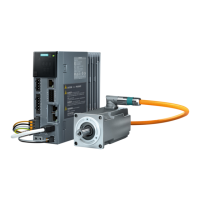
